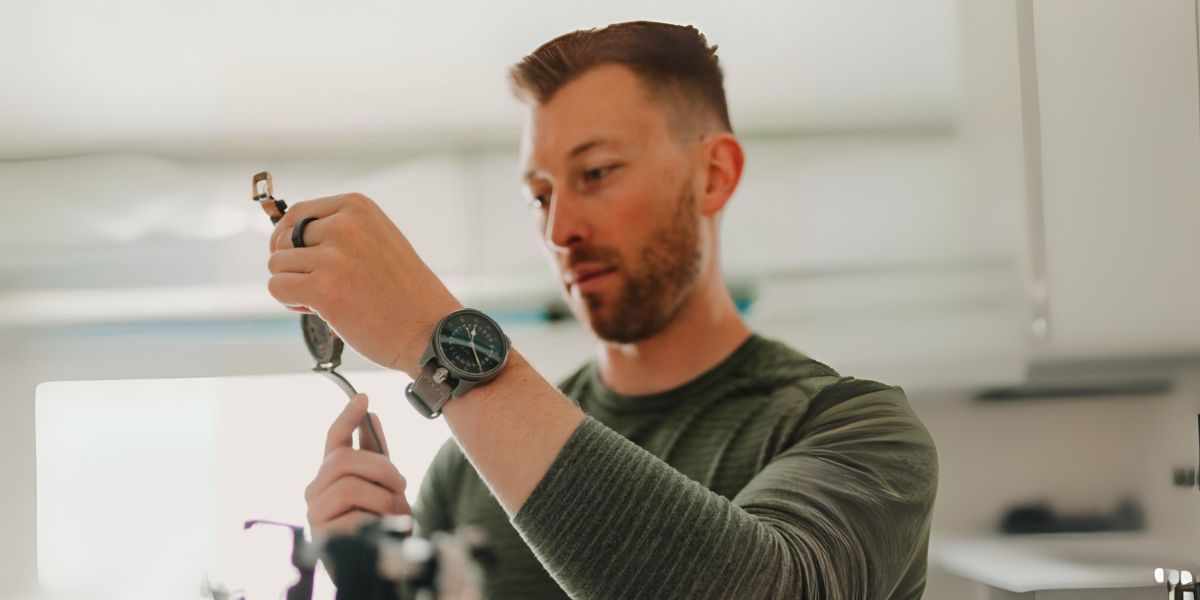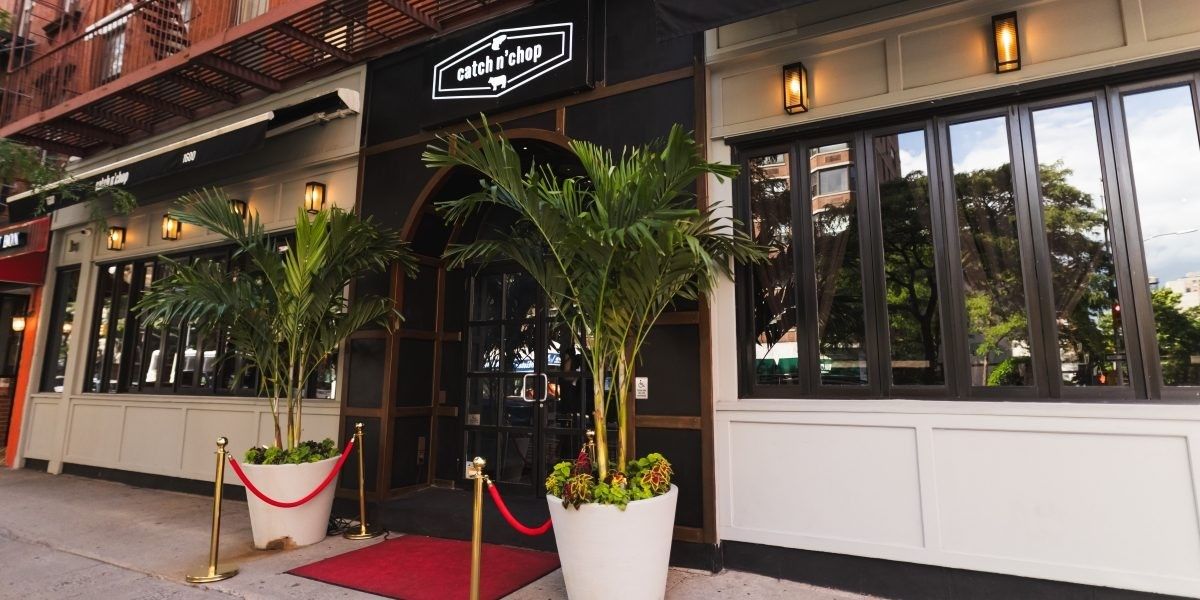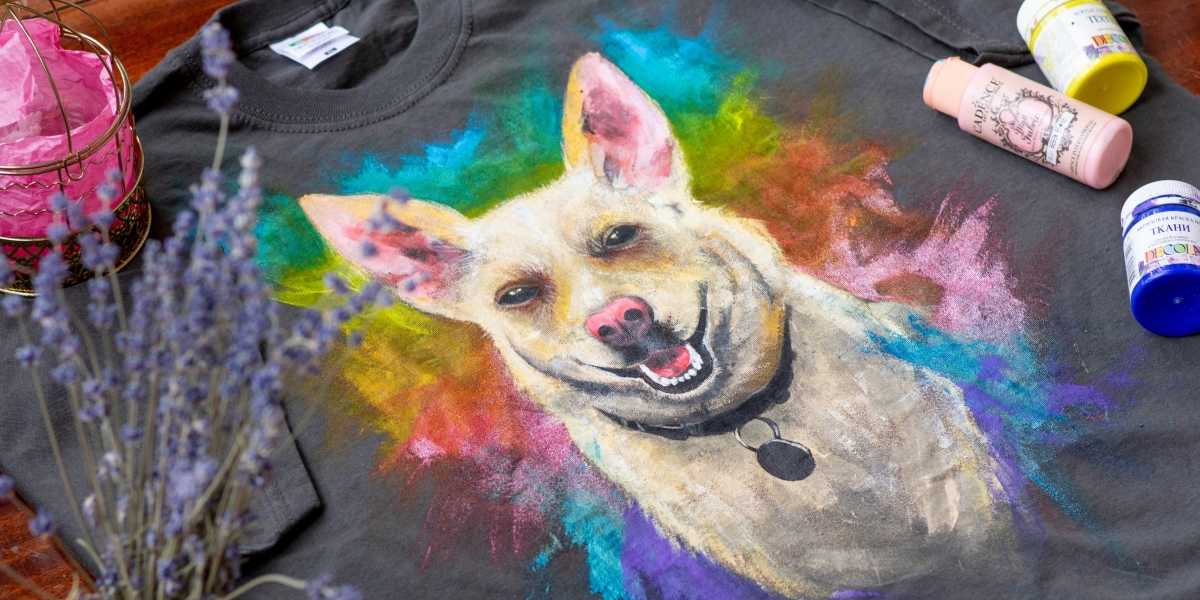For many, the fashion industry still evokes images of beauty and glamor. But, behind the runway, companies are struggling to find a post-pandemic “new normal.” In truth, it is proving to be more of a slog than a quick reset.
The overseas mass production model is broken, maybe irreparably so. Considering that it is now taking Nike twice as long to get shoes to the United States from its factories in Asia, shipping costs have soared tenfold since the pandemic, factories have been disrupted multiple times, and there are lingering questions about fair labor practices in China and other countries. Just-in-time inventory practices and the fast-fashion paradigm may become a thing of the past. Overall, big manufacturers and retailers will compensate for rising expenses by either raising prices or eliminating discounts. Many are using air freight more frequently these days, albeit at a terrible cost for the environment.
Smaller fashion labels, however, are facing an existential crisis. “From a business perspective, you need to project eighteen months out what styles, colors, and sizes will be in demand, and you need to pay up front in order to meet large minimums required by the factories,” observes industry veteran Shannon Scott.
Scott and her husband left corporate jobs at Asics and TOMS, respectively, to start a sustainable, community-focused shoe company called COMUNITYmade. The label designs and manufactures exclusively in downtown Los Angeles. COMUNITYmade is part of a trend towards localization that began with President Trump’s trade war and gathered steam during the pandemic, when movement in global supply chains began to freeze. Some economists have even suggested that the era of globalization, where manufacturing was outsourced to countries with cheap labor, is over.
Yet, few have questioned the mass-production model. Scott says that, while huge brands like Nike have access to cheap credit, SMEs (small and medium-sized enterprises) have to be scrappy. “We have to lock in precious capital up front just to place an order. After that, when you ship it to the retailer, they often don’t fully pay for six months after that. It is just an extremely long period of time to be cash negative.”
Supply chain snarls also mean that manufacturers have a much harder time matching supply with demand. Styles may have shifted out of season (or fashion) by the time they are finally ready to be purchased. Or, as retailers like Target and Costco painfully learned last quarter, inventory may arrive just as demand dries up due to other concerns, like inflation. “All excess products that do not sell are discounted, cutting into profit margins for the manufacturers as the retailers require them to absorb the financial burden for things that did not sell,” Scott observes.
In some cases, higher-end retailers may actually destroy products rather than have them discounted in order to protect their brand image, though a larger issue with manufacturing overseas is the impracticability of returns and exchanges. For instance, Chinese fast-fashion giant Shein routinely tells customers to keep misfilled orders rather than send the product back across the ocean.
Amazon has been known to do the same thing, as so many of their goods originate from China. Last year, for example, China-based sellers accounted for three out of four new sellers on the e-commerce giant’s website. In 2019, MarketPulse estimated that 40% of Amazon sellers were already China-based, so Chinese sellers now account for well over half of Amazon’s virtual stores. The result is a staggering amount of needless waste and excess costs borne by other consumers — all in the name of saving costs.
Scott says that COMUNITYmade is creating a new fashion paradigm. Its strategy has two major components: one, manufacture and design locally; and two, become active within the local community.
“From the customer’s perspective, there is no real sense of personal connection to the brand or people who make the products,” Scott says, “so it was very important to us that our customers be able to come visit us in our showroom here in downtown Los Angeles, and learn about the craftsmen and craftswomen who make the product.”
On its website, COMUNITYmade offers what it calls a “concierge-style approach” to buying. Customers can buy shoes as-is, tweak or customize an existing product, or even develop a 100%-custom shoe. The company also has a private-label division that will develop and manufacture shoes for smaller labels and designers who cannot afford to turn their ideas into products on their own.
The major appeal of mass-produced “fast fashion” remains its low price points, but over the past several years, tariffs, Covid, and logistical snags have all conspired to reduce that competitive advantage. Many brands are shifting production into cheaper countries like Vietnam and Indonesia. Others, like COMUNITYmade, are coming home.
Scott sees the trend to localization as more than just a passing fad. Rather, he views it as a new normal that dovetails with consumers’ increasing interest in sustainability, fair labor practices and community involvement.








